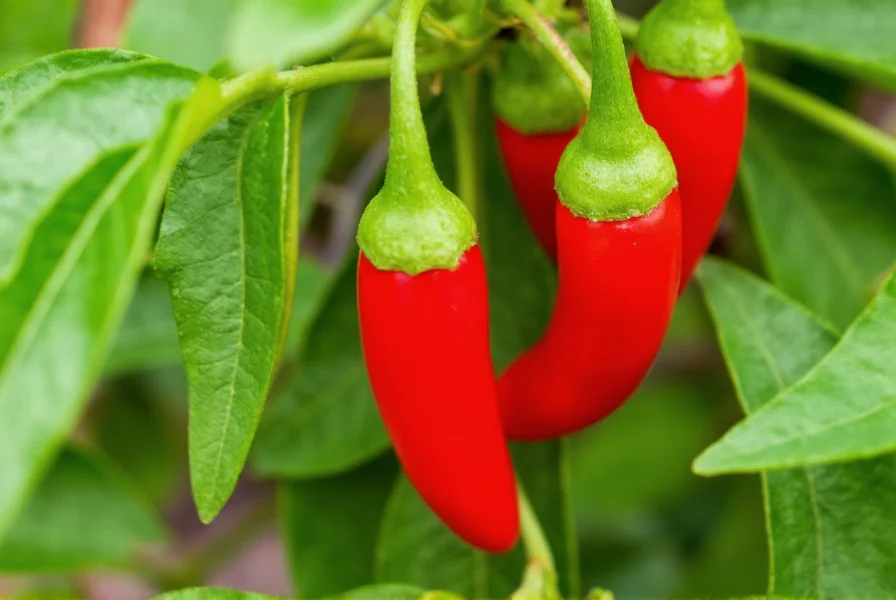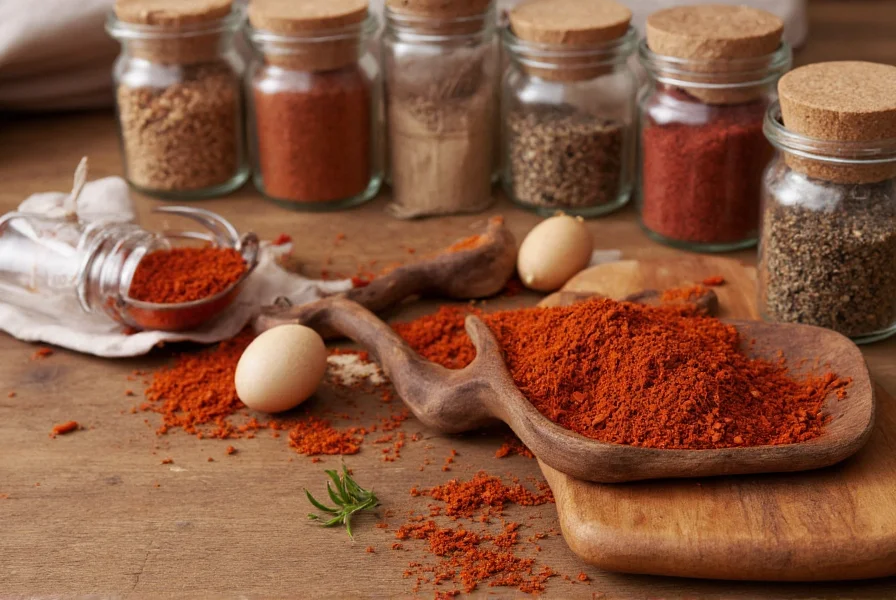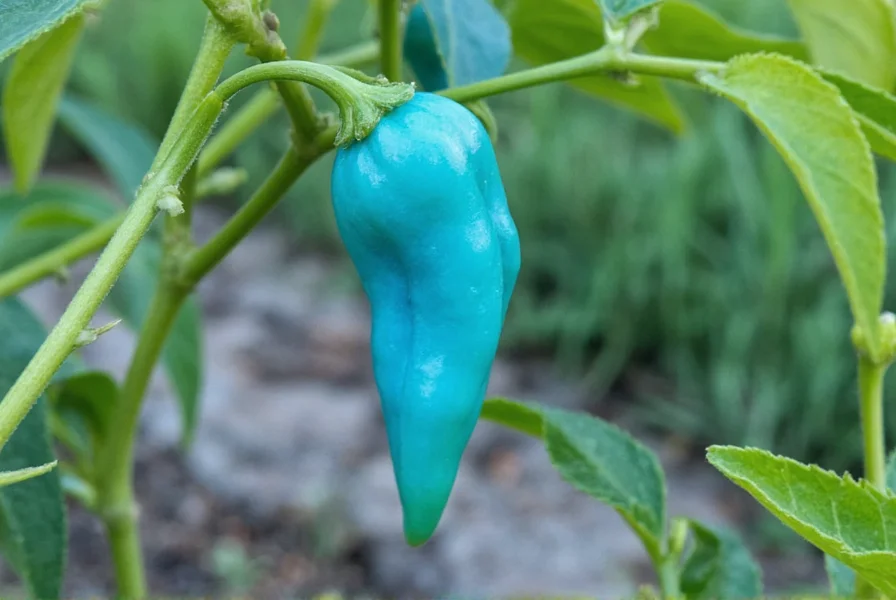When searching for “cyan pepper,” most users encounter confusion stemming from a frequent spelling error. This comprehensive guide clarifies the misconception while providing valuable information about actual pepper varieties, with special focus on the commonly misspelled cayenne pepper.
Understanding the Cyan Pepper Misconception
The confusion between “cyan” and “cayenne” occurs because both words begin with similar sounds. “Cyan” refers to a blue-green color in the visible spectrum, while “cayenne” denotes a specific type of chili pepper named after the city of Cayenne in French Guiana. No naturally occurring pepper variety displays a true cyan coloration due to the biological pigments present in Capsicum species.
| Common Misunderstanding | Actual Reality |
|---|---|
| “Cyan pepper” as a blue-colored pepper variety | No naturally blue peppers exist; coloration limitations in Capsicum plants |
| Spelling: “cyan” vs. “cayenne” | “Cayenne” is correct spelling for the spicy chili pepper |
| Belief in exotic blue pepper varieties | Peppers naturally occur in green, yellow, orange, red, purple, brown, but not blue |
What Is Cayenne Pepper?
Cayenne pepper (Capsicum annuum) measures between 30,000–50,000 Scoville Heat Units, placing it firmly in the hot pepper category. Mature cayenne peppers typically grow 2–5 inches long, starting green and ripening to bright red. The dried and ground form appears as the familiar red cayenne powder found in spice aisles worldwide.
Culinary professionals and home cooks use cayenne pepper to add heat to dishes without significantly altering flavor profiles. Unlike some specialty peppers, cayenne delivers consistent heat levels across different growing conditions, making it reliable for recipe development. Its applications span global cuisines from Cajun cooking to Indian curries and Mexican salsas.

Natural Pepper Color Variations Explained
Pepper color depends on chlorophyll (green), carotenoids (yellow, orange, red), and anthocyanins (purple). The absence of blue pigments in Capsicum species explains why cyan-colored peppers don't exist. Some specialty varieties like the Purple Beauty pepper develop violet hues due to anthocyanins, but these never achieve true blue or cyan tones.
When selecting peppers, understanding color progression provides insight into flavor development. Green peppers represent the immature stage with sharper, grassier notes. As peppers ripen through yellow and orange to red, sugars develop, creating sweeter, more complex flavors with reduced bitterness. This maturation process affects both sweet bell peppers and hot chili varieties.
Practical Uses for Cayenne Pepper
Cayenne pepper serves multiple purposes beyond heat provision. In small quantities, it enhances other flavors through the principle of sensory contrast. Food scientists note that capsaicin, the compound responsible for pepper heat, triggers endorphin release, creating pleasurable eating experiences.
For home cooks searching for “cyan pepper substitute,” proper cayenne alternatives depend on the recipe's needs:
- For heat without smoke: Crushed red pepper flakes
- For heat with smokiness: Chipotle powder
- Milder alternative: Paprika (regular or hot)
- For fresh application: Thai bird chilies or serrano peppers

Storage and Handling Tips
Proper storage maintains cayenne pepper's potency. Keep dried cayenne in airtight containers away from light and heat. Whole dried peppers retain freshness longer than ground powder—typically 1–2 years versus 6–12 months. When handling fresh cayenne peppers, wear gloves to prevent capsaicin transfer to sensitive areas.
Understanding the difference between “cyan pepper” and actual cayenne pepper prevents grocery shopping frustrations. When recipes call for cayenne, look for the distinctive red powder or fresh slender red peppers, not non-existent blue varieties. This knowledge helps both novice cooks and experienced chefs navigate spice aisles with confidence.
Frequently Asked Questions
Is there such a thing as cyan pepper?
No, cyan pepper does not exist as a natural pepper variety. The term results from a common misspelling of “cayenne pepper.” True cyan (blue-green) colored peppers cannot occur naturally due to biological limitations in Capsicum plants, which produce pigments in green, yellow, orange, red, purple, and brown spectrums but not blue.
Why do people search for cyan pepper instead of cayenne?
The confusion occurs because “cyan” and “cayenne” sound similar when spoken. “Cyan” is a color term (blue-green), while “cayenne” refers to a specific chili pepper named after Cayenne, French Guiana. Voice search and autocorrect errors frequently transform “cayenne” into “cyan,” creating this persistent misconception.
What’s the difference between cayenne pepper and red pepper flakes?
Cayenne pepper is a specific chili variety ground into a fine powder, while red pepper flakes typically contain a mixture of dried chili peppers (often including cayenne but also others like bell peppers). Cayenne provides consistent heat (30,000–50,000 SHU), whereas red pepper flakes vary in heat level depending on the blend. Cayenne dissolves more readily in liquids, making it preferable for sauces and marinades.
Can I grow blue or cyan-colored peppers?
No, you cannot grow naturally blue or cyan-colored peppers. While some varieties like the Purple Beauty develop violet hues from anthocyanins, no Capsicum species produces true blue pigments. Any images showing “blue peppers” online typically feature photo editing, artificial coloring, or misidentified plants. The biological limitations of pepper pigmentation prevent cyan coloration in edible peppers.
What’s the best substitute for cayenne pepper?
The best cayenne substitute depends on your recipe needs. For similar heat without smoke, use crushed red pepper flakes. For smoky heat, try chipotle powder. Paprika offers a milder alternative, while fresh serrano or Thai bird chilies work well when fresh heat is required. Remember that substitutions affect both heat level and flavor profile, so adjust quantities accordingly when replacing cayenne pepper.











 浙公网安备
33010002000092号
浙公网安备
33010002000092号 浙B2-20120091-4
浙B2-20120091-4